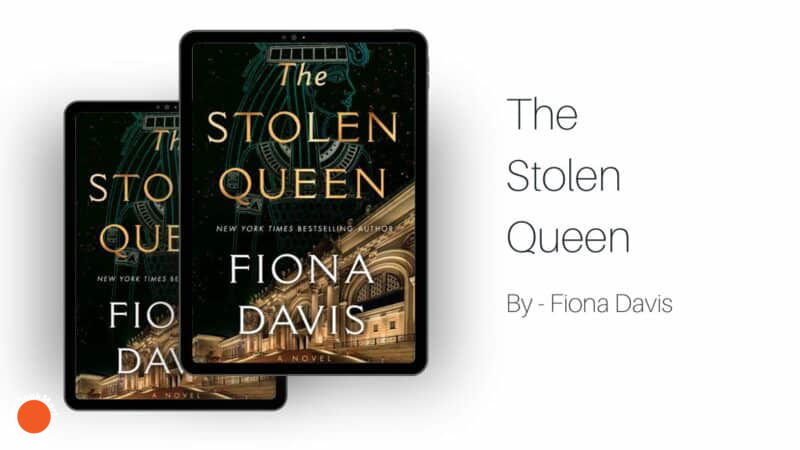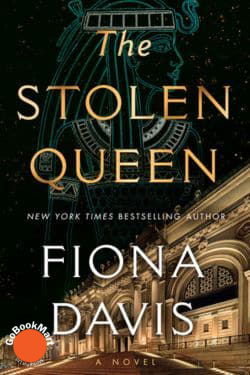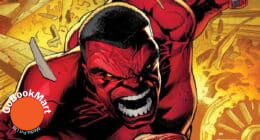Fiona Davis’s novel, The Stolen Queen, masterfully intertwines historical fiction with elements of mystery and adventure, transporting readers from the archaeological wonders of 1930s Egypt to the vibrant cultural scene of 1970s New York City. Through its dual timelines and richly developed characters, the novel explores themes of ambition, resilience, and the enduring allure of ancient history.
Plot Overview
The narrative unfolds across two distinct periods, each following a formidable female protagonist whose lives become intricately connected through their shared passion for Egyptology and the Metropolitan Museum of Art.
Egypt, 1936:
Charlotte Cross, an ambitious anthropology student, seizes the opportunity to join an archaeological dig in Egypt’s Valley of the Kings. Amidst the excavation, she uncovers a burial chamber and a broad collar necklace, significant finds that promise to elevate her career. However, a devastating tragedy strikes, leading Charlotte to question whether the fabled curse of the pharaohs has been unleashed upon those who disturb ancient tombs. This event leaves an indelible mark on her life and influences her future choices.
New York City, 1978:
Decades later, Charlotte serves as the associate curator of the Metropolitan Museum’s Department of Egyptian Art, dedicating herself to researching Hathorkare, a female pharaoh often dismissed by mainstream Egyptologists. Concurrently, eighteen-year-old Annie Jenkins lands a coveted position as the personal assistant to former Vogue fashion editor Diana Vreeland, who is orchestrating the illustrious Met Gala. Annie’s role immerses her in a world of glamour and high society, a stark contrast to her modest upbringing.
The plot intensifies when, on the night of the Met Gala, a priceless artifact known as the Cerulean Queen disappears from the museum’s collection. Signs suggest that Hathorkare’s legendary curse may be reawakening. Charlotte and Annie form an unlikely alliance to recover the missing antiquity, a quest that propels them back to Egypt. There, Charlotte is compelled to confront the haunting memories of her past, while Annie faces challenges that test her determination and courage.
Character Development
Charlotte Cross emerges as a complex character whose early experiences in Egypt shape her into a dedicated yet cautious curator. Her journey reflects themes of loss, professional ambition, and the struggle to overcome past traumas. Annie Jenkins, with her youthful enthusiasm and determination to succeed in the competitive world of fashion and art, provides a dynamic counterbalance. Their intergenerational friendship highlights the strength found in collaboration and mutual support.
Thematic Exploration
Davis delves into the ethical complexities of archaeology, particularly the repatriation of artifacts and the consequences of disturbing ancient sites. The novel also examines the roles and recognition of women in historically male-dominated fields, drawing parallels between Hathorkare’s overlooked reign and the challenges faced by Charlotte and Annie in their respective eras.
Historical and Cultural Context
The novel is enriched by its meticulous depiction of two vibrant settings: the archaeological fervor in Egypt during the 1930s and the cultural renaissance of New York City in the late 1970s. Davis’s portrayal of the Metropolitan Museum of Art during this period, particularly the behind-the-scenes dynamics of the Met Gala under Diana Vreeland’s direction, adds authenticity and depth to the narrative.
Reception and Critique
The Stolen Queen has garnered praise for its engaging storytelling and well-researched historical backdrop. Reviewers commend Davis’s ability to weave together dual timelines and create compelling, multidimensional characters. The novel’s exploration of art repatriation and the ethical dilemmas in archaeology has been noted as particularly timely and thought-provoking. Some critiques mention that certain plot resolutions are tied up a bit too neatly, but overall, the book is celebrated for its immersive experience and intricate narrative.
Conclusion
Fiona Davis’s The Stolen Queen offers a captivating journey through time, exploring the intersections of history, art, and personal ambition. With its richly drawn characters and intricate plot, the novel invites readers to reflect on the legacies of the past and the enduring quest for knowledge and recognition.
Also Read: The Note: By Alafair Burke (Book Review)











